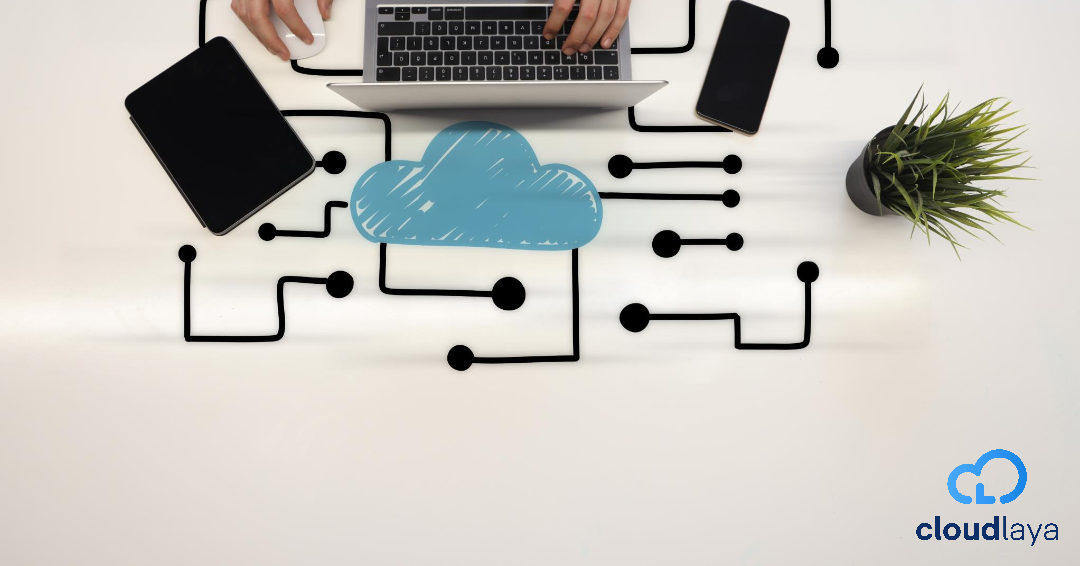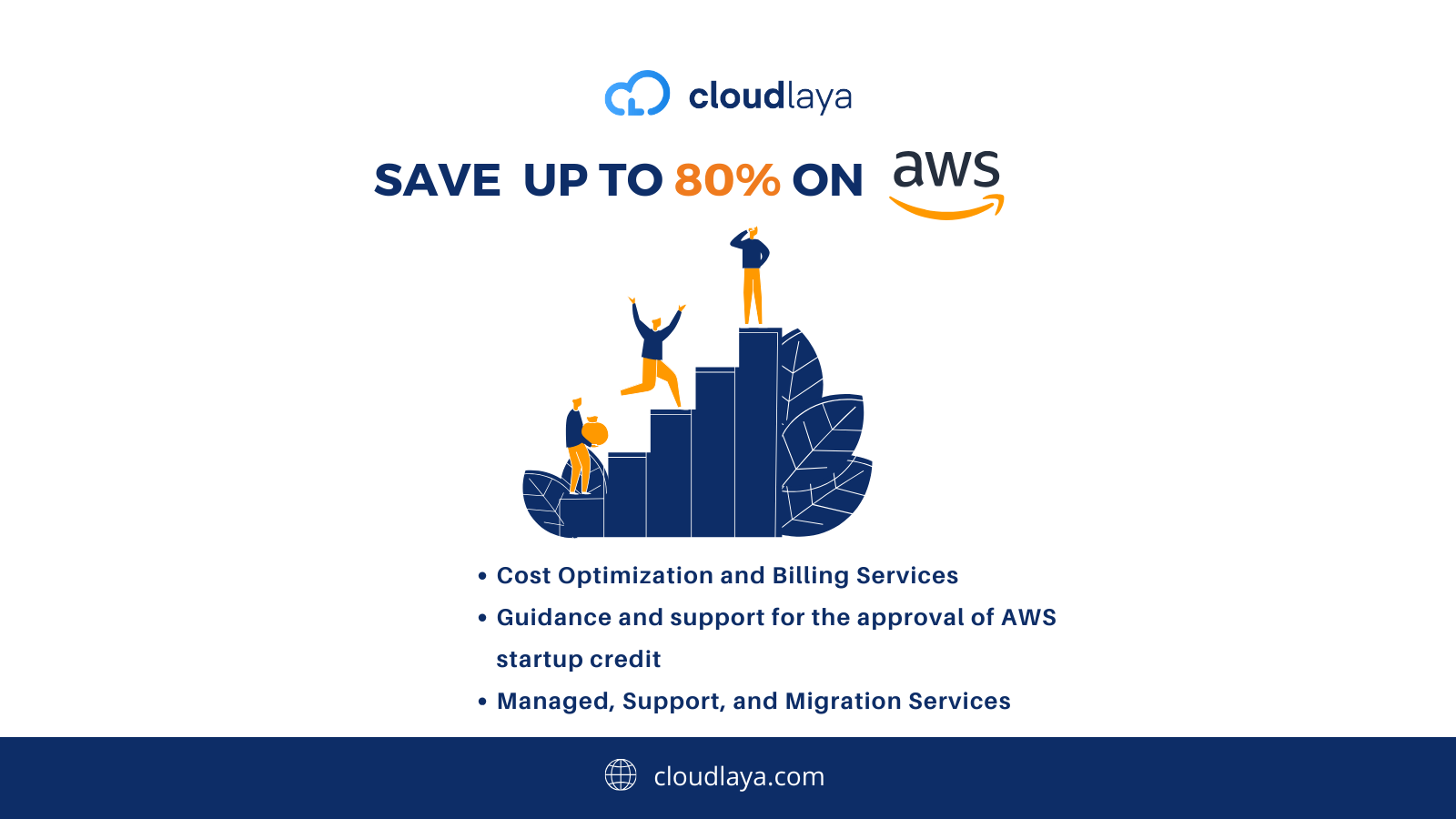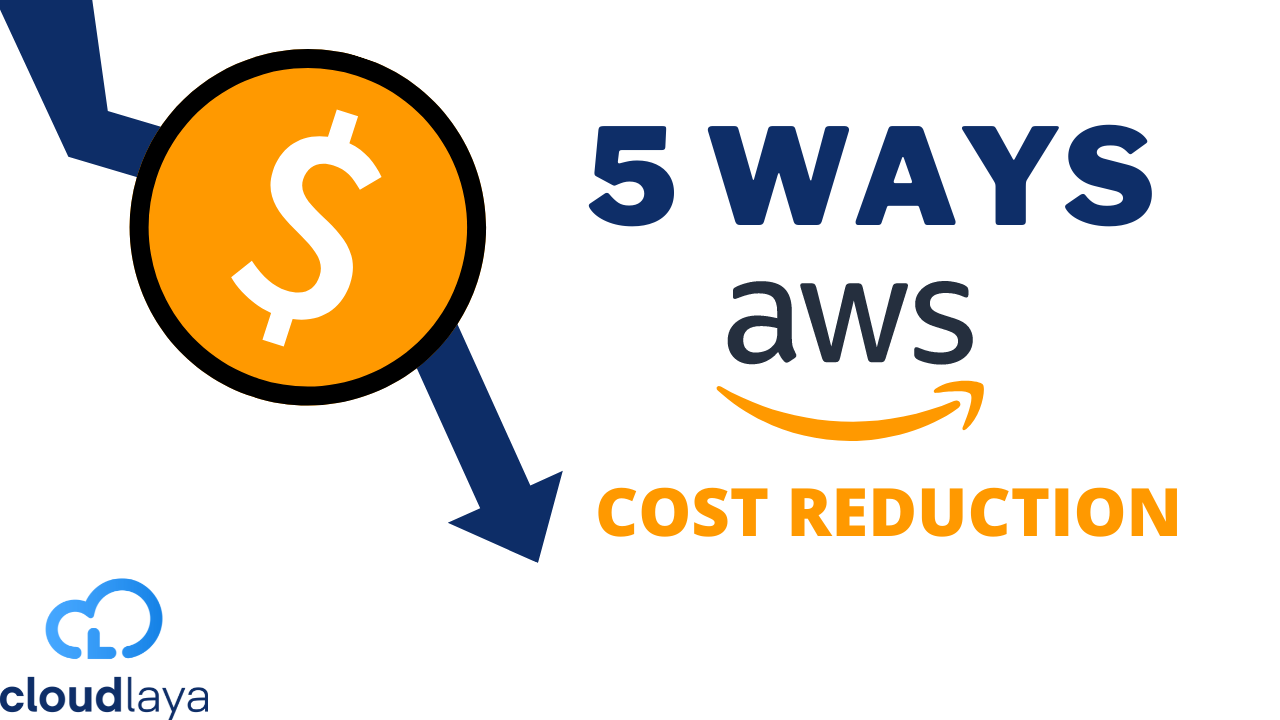
AWS Cost Optimization: 5 Best Practices to Reduce AWS Bill
We often hear from people facing huge spikes in AWS costs, and everyone is facing a far from the clear situation. AWS usage patterns are always changing, but what you spend on AWS should always be optimized. There are things you should do for AWS Cost Optimization. In this blog, we are highlighting five quick cost optimizations every customer should consider depending on workloads and the patterns you are seeing today.
Read along with the article so that it can have a significant impact on your organization right now and moving forward.
Table of Contents
Five Effective Ways for AWS Cost Optimization
Stop paying for ideal EC2 and RDS instances.
The number one cost-saving tip is to stop paying for EC2 and RDS instances if you have workloads running in non-production.
Make a habit of shutting down resources if you have workloads running in non-production environments such as development, QA testing, or non-mission-critical workloads, maybe you have resource constraints, or it’s just not part of your operational processes.
While shutting down EC2 and RDS resources during evenings, weekends and holidays, you might be paying less for every easy hour. RDS has made it easier to operationalize instance scheduling across member accounts by providing a pre-built cloud formation-based solution called the AWS instance scheduler.
The AWS instance scheduler is a simple AWS-provided solution that enables you to easily configure custom start and stop schedules for your ec2 and RDS instances. The solution is easy to use and can help reduce cloud costs.
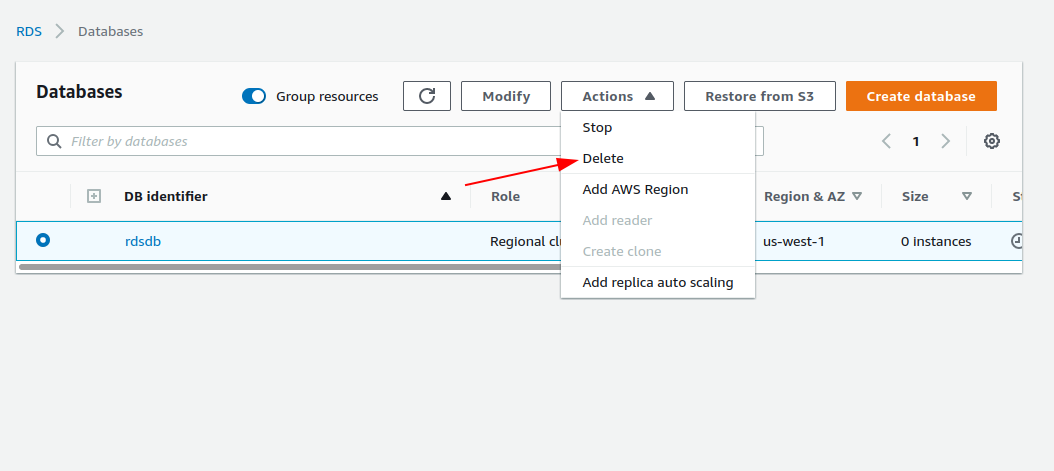
Enable S3 Intelligent-tiering
S3 has multiple classes of storage, and their pricing varies accordingly. Enable S3 intelligent tiering if you’re using the S3 standard storage class for native cloud storage. Suppose you don’t have time to analyze your S3 usage to implement lifecycle policies; you might be paying unnecessarily for S3 storage.
Using s3 intelligent-tiering automatically optimizes storage costs by moving data between to access tiers for small monthly monitoring and automation.
S3 intelligent tiering monitors access patterns and move objects that have not been accessed for 30 consecutive days. We’ve witnessed multiple use cases where we have followed this guidance and saved 20 to 30 percent, theoretically up to 40% depending upon the size of the bucket. S3 Intelligent-tiering is one of the best methods you should do for AWS Cost Optimization

Use on-demand capacity mode for DynamoDB.
Suppose you are using the provisioned capacity for dynamo DB tables and your application traffic is difficult to predict and control. In that case, you might be paying unnecessarily for provision capacity you are not using.
Amazon DynamoDB on-demand capacity mode is a flexible billing option for dynamo DB capable of serving thousands of requests per second without capacity planning.
You do not need to specify how much read and write throughput you expect per request on the tables with on-demand capacity mode.
For the record, we recommend switching to the on-demand capacity mode for a short period of time and comparing your costs to when your tables were configured with provision capacity. You will start realizing savings as soon as your table is configured with on-demand capacity.
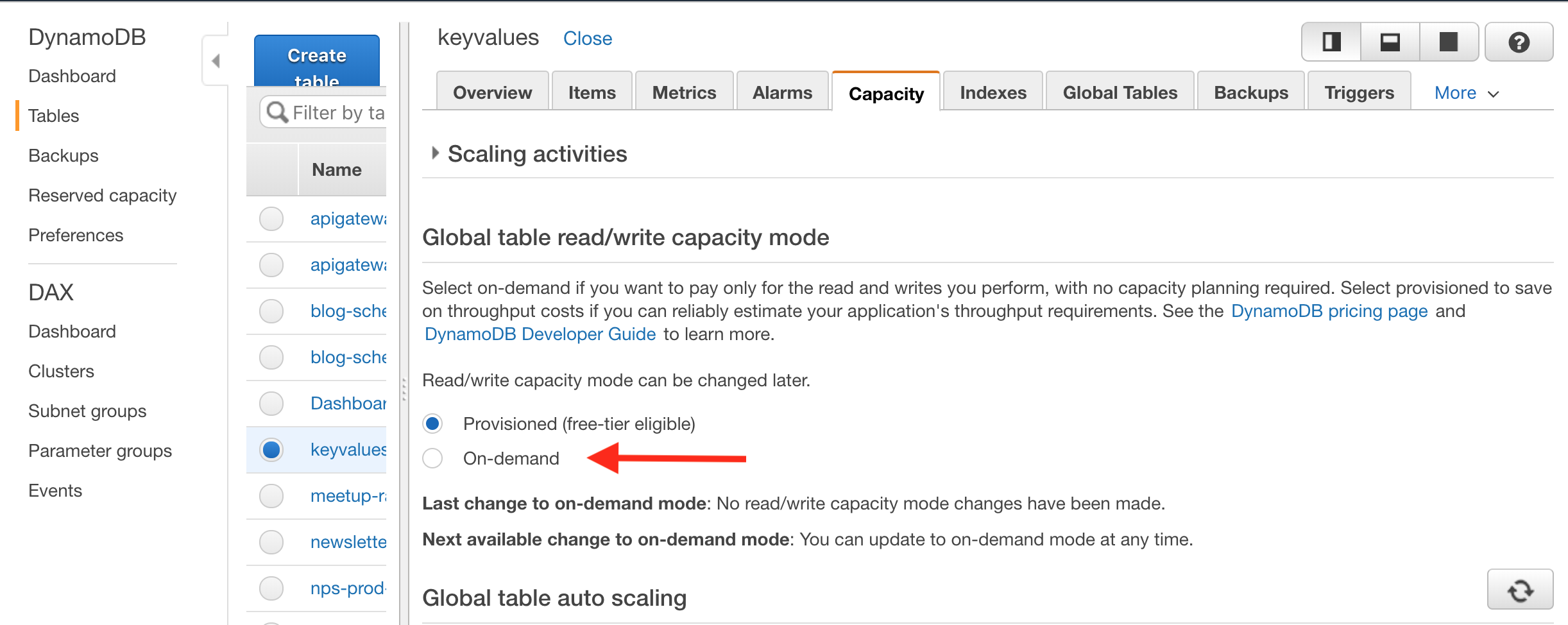
Cleanup underutilized network resources
If you have created some network resources that you are not fully using, maybe you forgot to clean up after an experiment, but you’re still fully paying for those resources, use AWS trusted advisor to identify those resources.
AWS trusted advisor is a service available to all customers and provides additional functionality to customers who subscribe to business or enterprise support plans.
It inspects your AWS environment and makes recommendations for saving money, improving system performance, closing security gaps, and more one of the pillars the trusted advisor examines is cost optimization. For example, it identifies active Network resources that are not associated with a running EC2 instance, which might need to be cleaned up.

Use Compute Saving Plans
If you are running EC2 compute instances with workloads but are not memory intensive, and the EC2 instances utilize less than 40% of their CPU, you are paying for over-provisioned instances.
Use the AWS Cost Explorer’s resource optimization recommendation to identify over-provisioned EC2 instances and review the suggested instance’s right sizing and termination. The savings potential can vary from hundreds to thousands and can be realized as soon as the EC2 instances; there is no commitment required.
Resource recommendations are generated against 14-day historical usage, and not all EC2 families are included in the recommendations. Furthermore, choose the Amazon EC2 spot for stateless fault-tolerant and loosely coupled workloads if you are running spot-friendly tasks.
Moreover, AWS Compute Saving Plan allows customers to commit to a consistent amount of usage in the form of an hourly spend in exchange for a lower price for that usage. This plan is automatically applied to EC2 instance usage regardless of instance from a family-size availability, zone region, operating system tenancy, and between compute options.
Finally, Compute Saving Plan allows you to move a workload from ec2 to Fargate or, most recently, to Lambda at any time, and you automatically continue to receive discounts. So if you have computer usage that is consistent, our recommendation is to choose one year, no upfront Compute Saving Plan this will definitely help you maximize AWS Cost Optimization.
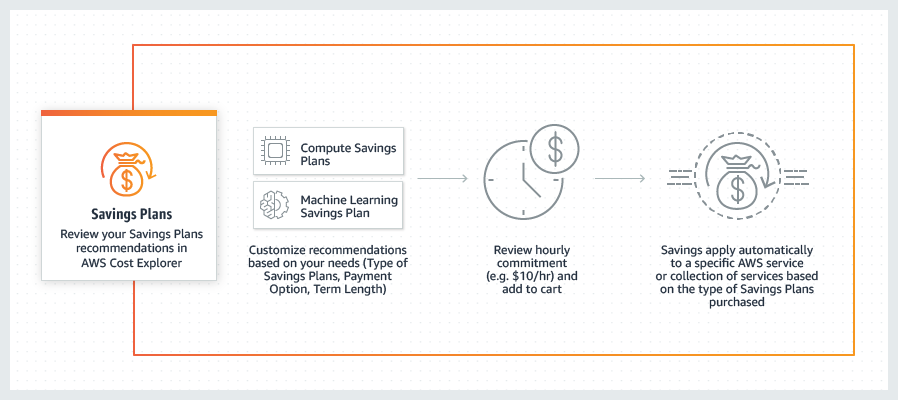
Cloudlaya is the only cloud cost intelligence solution that organizes charges and displays insights by automatically correlating billing and resources across your AWS account. Instead of wasting time figuring out what’s causing cost anomalies, you may get right to work and leave us to work on AWS cost optimization. Contact us today to learn how Cloudlaya can help your business save money on AWS.
